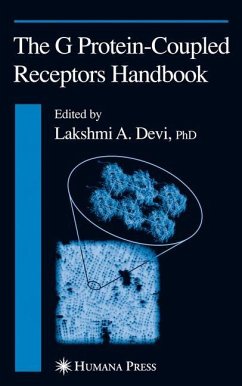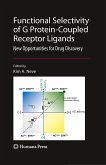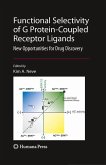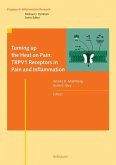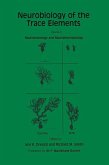A comprehensive survey of the many recent advances in the field of G protein-coupled receptors (GPCR). The authors describe the current knowledge of GPCR receptor structure and function, the different mechanisms involved in the regulation of GPCR function, and the role of pharmacological chaperones in GPCR folding and maturation. They also present new findings about how GPCR dimerization/oligomerization modifies the properties of individual receptors and show how recent developments are leading to significant advances in drug discovery, such as the detection of ligands for orphan GPCRs. Also discussed are the most recent developments that could lead to new drug discoveries: the role of GPCRs in mediating pain, the development of receptor-type selective drugs based on the structural plasticity of receptor activation, and the identification of natural ligands of orphan GPCRs (deorphanization) as possible drug targets. G protein-coupled receptors (GPCRs) are involved in many processes in the human body relevant to health and disease, and consequently are the targets of approximately 70% of pharmacological therapeutics and a major source of new drug candidates. In The G Protein-Coupled Receptors Handbook, leading academic researchers comprehensively survey the many recent advances that have occurred in the GPCR field. The authors describe the current knowledge of GPCR receptor structure and function, the different mechanisms involved in the regulation of GPCR function, and the role of pharmacological chaperones in GPCR folding and maturation. They present new findings about how GPCR dimerization/oligomerization modifies the properties of individual receptors, and show how recent developments are leading to significant advances in drug discovery. They also discuss the most recent developments that could lead to new discoveries: the role of GPCRs in mediating pain, the development of receptor-type selective drugs based on the structural plasticity of receptor activation, and the identification of natural ligands of orphan GPCRs (deorphanization) as possible drug targets.
Authoritative and cutting-edge, The G Protein-Coupled Receptors Handbook offers pharmacologists, biochemists, and neuroscientists an exhaustive review of the progress made in understanding how GPCRs are activated and regulated, key factors in exploiting GPCRs for drug development.
Authoritative and cutting-edge, The G Protein-Coupled Receptors Handbook offers pharmacologists, biochemists, and neuroscientists an exhaustive review of the progress made in understanding how GPCRs are activated and regulated, key factors in exploiting GPCRs for drug development.

